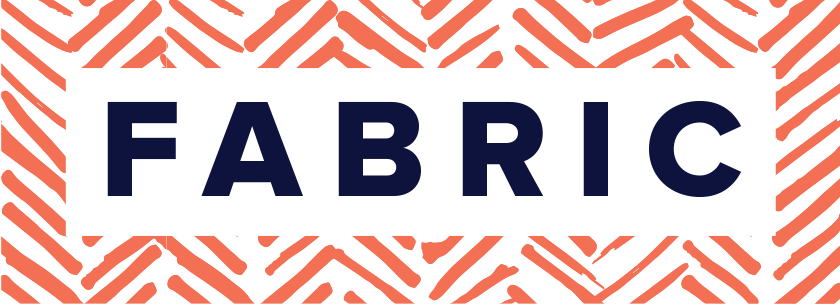Everyone Deserves Shoes: Managing the HR Organization
What does career development mean for someone in Human Resources?
Frankly, there are as many answers as there are individuals asking these questions. And not surprisingly, employees who are in human resources often suffer from ‘Cobbler’s Children Syndrome.’ Similar to the proverbial children of the shoemaker who don’t have shoes, HR professionals can have a tendency to put off their own career discussions while HR leaders don’t always create the most relevant development options for their teams.
Most importantly, HR employees need to understand how their own growth fits into the team’s overall purpose and focus. That means HR leaders must do more than support the business and the myriad of challenges and competing priorities coming across their desks every day. CHRO’s need to focus on developing a well-thought-out framework for the team’s development and growth, grounded in the role HR plays today and the role HR is expected to play in the future.
While the question itself may seem simple to answer (“HR is a business partner today and will have a more external footprint in the future focusing on community and revenue”), the solution is complicated by the fact the organizations are constantly evolving. All of these realities infer that the vision for HR needs to be concurrently realistic, dynamic and future-focused. Not so simple after all.
So, where should a CHRO start?
First, fully understand the short and longer-term business strategies and align the HR priorities against them. Great HR is only as great as its ability to truly understand and enable the business it supports. This alignment between the HR and business agendas is a critical step in ensuring that HR priorities are focused on the most impactful areas that will drive employee engagement and therefore business results. Once HR priorities are established, the HR team will have a clearer view of the needed functional capabilities to support the work. Questions that should be asked include:
- In a side-by-side comparison, are the HR priorities aligned with the needs of the business? Where are there actual / perceived gaps and why?
- Given that time is often a limiting factor, what work should HR discontinue to make room for the most critical?
- Where do line business partners need HR to weigh in more heavily? What’s the source of the blockage? Is it due to a lack of internal capability or lack of prioritization?
Second, know where the HR organization is operating today and how effective the team is in driving key business priorities. A thorough assessment of the current state of the HR organization across all HR sub functions from talent acquisition through rewards & recognition will enable the CHRO to answer the following types of questions:
- Are we proactively addressing the complexities of today’s workforce? Do we fully understand how these factors impact our employee experience?
- Do we have the right approach to talent given our sector, stage of growth, labor market, culture, and other important variables?
- As an HR organization, do we have the right capabilities for today and tomorrow? What are our strengths that we should further capitalize on? What are the gaps? Where do we need new thinking?
Third, develop a dynamic HR operating model that takes into account the industry, growth stage, culture, and business and people strategy. Based on answers to all of the above questions, the HR leader should:
Continually refine the HR structure – Some approaches make more sense at different points in an organization’s evolution. For instance, a high-growth company with little infrastructure may require a flatter HR structure to ensure the CHRO is more directly linked to the team and a higher reliance on generalists with strong OD backgrounds to help manage growth
Identify areas where new skills are needed to better support the business and develop a plan to build (train internal staff) or buy (hire externally or leverage consultants) over time.
Create a model for HR capability-building and advancement by evaluating different alternatives for development: generalists vs. specialists, individual contributor vs. management track, full-time vs. project assignments, domestic vs. international experience and other ways in which HR staff must develop their skills for the future.
After building several global HR organizations in different industries, it was evident that the more diverse experiences a CHRO can provide to their staff, the richer their overall understanding of how the different facets of HR interconnect and ultimately influence the business. The result is a more resourceful and impactful HR professional.
I’ve been known to unwillingly pull highly-specialized HR staff out of their comfort zones, knowing that broader experiences will make them more effective today, and ultimately more marketable tomorrow. HR leaders should strive to build capability for the function overall, even it is means making your staff more attractive to external organizations.
Given the importance of personal development at the individual level and its impact on “employee stickiness” at the organizational level, all leaders should relentlessly focus on the best approaches for developing their teams. With HR leading the way in these efforts, HR serves as the model for how the organization-at-large should think about development, and represents a critical step in ensuring that everyone has their own shoes.
